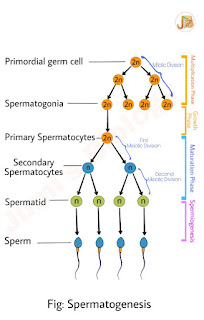Haemophilia: Symptoms & Transmission ||Class 12 Biology
Haemophilia is a sex linked or X-linked recessive disease which is transmitted from an unaffected carrier female to some of the male offsprings.
Haemophilia has featured prominently in Europian royalty and thus is sometimes known as "the royal disease". Queen Victoria shows a number of haemophilic descendents as she was a carrier of the disease.
Due to haemophilia, in an affected individual a small cut results in non stop bleeding. Due to continuous bleeding patient may die of blood loss.
In this disease, a single protein that is a part of cascade of proteins involved in the clotting of blood is affected. There are two main types of haemophilia:
- haemophilia A, which occur due to low amount of clotting factor VIII.
- haemophilia B, which occurs due to low levels of clotting factor IX.
Being X linked recessive trait haemophilia show criss-cross inheritance. The heterozygous female (carrier) may transmit this disease to her sons. The possibility of a female becoming a haemophilic is extremely rare because mother of such a female has to be at least carrier and father should be haemophilic.
The main treatment for haemophilia is called replacement therapy. Concentrates of clotting factor are slowly injected into a vein. This infusions help replace the clotting factor that's missing or low.



Comments
Post a Comment
If you have any doubts,please let me know